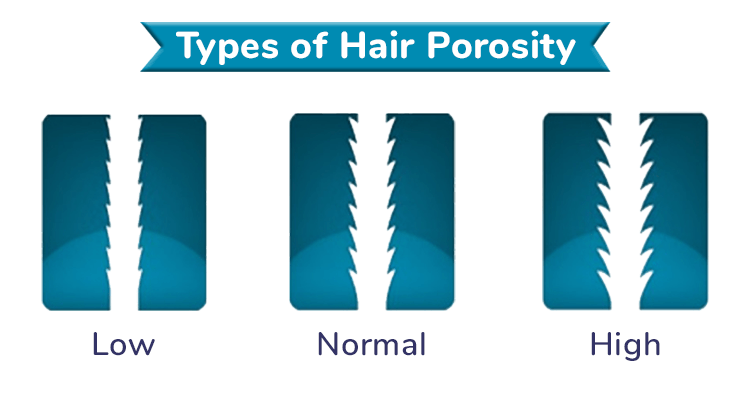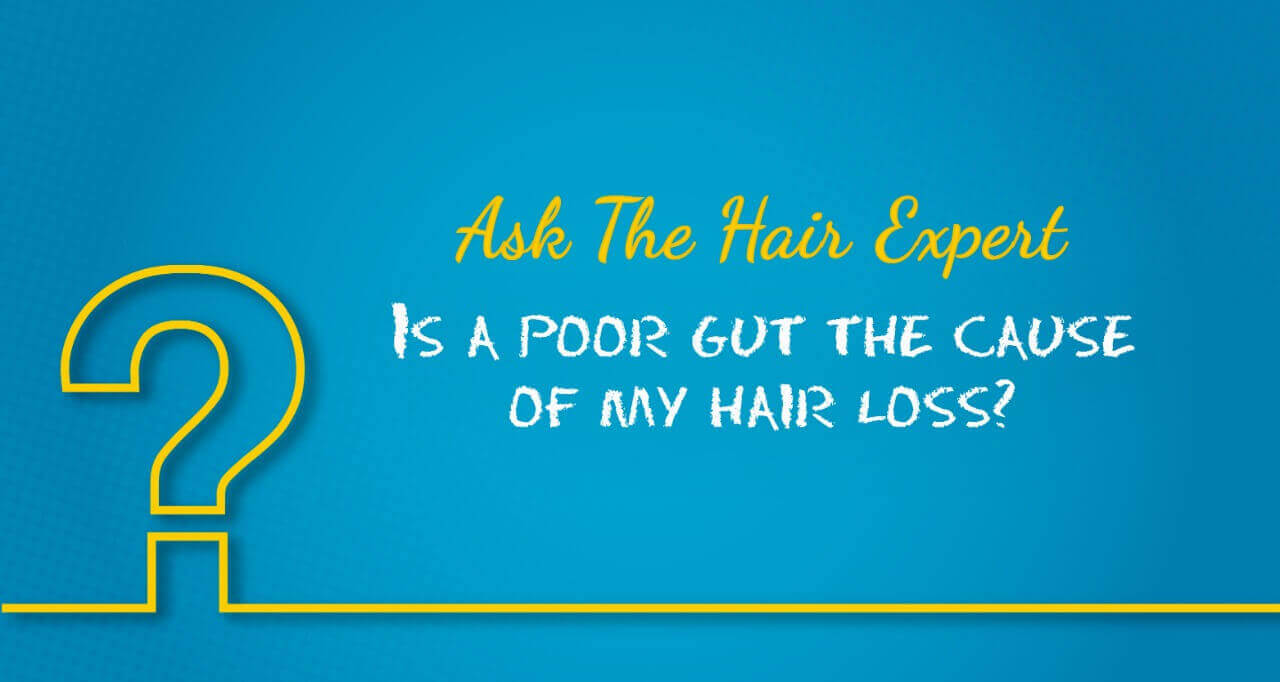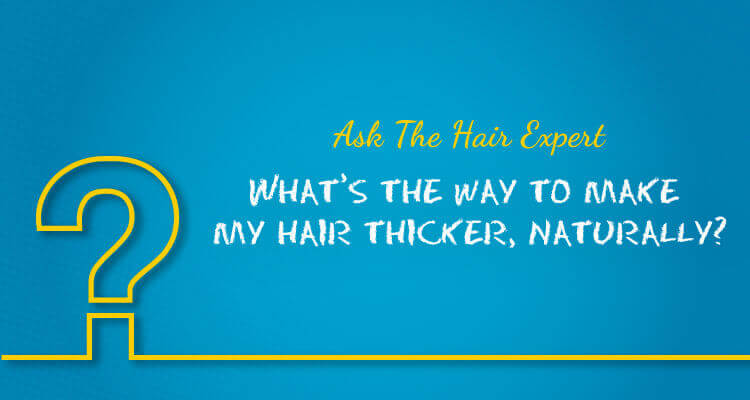Your hair is dry and frizzy on your beach vacation. Bad-hair selfies all the way!
Your hair takes forever to dry after a wash!
Your hair serum seems to be ‘just sitting’ on your hair and not doing anything to it!
You are dreading stepping out on a humid day ‘cos you know you are going to have a bad hair day!
Your hair ‘looks’ and feels different (not in a good way!) when in different cities, as you travel. Ugh!
Any of this sound familiar? Especially those of you with dry or naturally curly hair? Why is it that you and your hair dread the word humidity? Ever wondered what’s making this happen? Is it the cold, heat, wind and weather? Is it your body? Is it something that you are using on your hair that’s making it so? Is something wrong with your hair?
The key to answering some of these questions – HAIR POROSITY.
No. This is not a ‘condition’ or a ‘disorder’ you are suffering from, but a very natural phenomenon. If you understand the connection between hair & moisture, hair & humidity, you will know exactly why your hair is getting all frizzed-up and what can be done about it!
While we all understand our hair in terms of length and style, we don’t quite understand the reason behind our hair’s texture and why it seems to change at times. As we always say, It is only when we understand the root cause, can we care right for it. Let’s dive further into this.
What is Hair Porosity?
Simply put, Hair Porosity refers to the ability of your hair to absorb moisture and hold it for a due period of time. Also, not just moisture, but also oil, hair products and even hair colour.
This concept has to do with the outermost layer of your hair, the cuticle. Porosity tells you how easily water and other substances can get through to and come out of the cuticle layer, and into or out of the cortex. Do read our earlier blog on hair anatomy to understand the layers and bonds that make up your hair!
Certain types of hair are naturally impacted more by porosity than others, for instance, curly or dry hair. Also, no two curl types are the same! Understanding the porosity level of your hair can make a huge difference in how you care for it and thereby ensuring you stay away from bad hair days!
Let’s break this down further to understand the types of porosity levels and help you know where your hair falls on the porosity spectrum.

Types of Hair Porosity
-
High Porosity
The cuticle is raised more than normal in such a case. As a result, the hair absorbs excess moisture but fails to retain it for sufficient time. Hence it either seems to stay wet for a long time or lose moisture as quickly as it is absorbed. The possible causes behind this are severe chemical processing, rough treatments or surrounding environmental factors.
The cuticles here tend to have gaps and holes, thus leaving it prone to frizz and getting tangled easily. Though this type of hair looks as well as feels dull and dry, appropriate care can help hold on to the moisture and protect your cuticle from getting damaged further!
-
Low Porosity
Here, the cuticle remains closed, flat, compact & tightly bound. Your hair hence doesn’t allow the moisture in or out easily. It repels and resists saturation of moisturizing chemicals. Though this type of hair looks healthy, it lacks elasticity or volume. Whatever applied just sits on the hair and doesn’t reach the root/scalp level. So while a product may coat your hair from the outside, it really is doing nothing more for it.
-
Normal Porosity
The title is pretty clear, ain’t it! You have a normal level of porosity when your hair absorbs and retains the ideal amount of moisture. Not only does it hold water and shine for a longer period of time, but also tends to intake colour/ chemicals in a better manner.
The cuticles here are looser and don’t allow excessive moisture to enter or escape out. Though this type of hair requires least efforts in terms of maintenance and can hold hairstyles, perms and colouring process well, overdoing of these treatments can damage it and increase its porosity!
Your hair’s base porosity level is something that is perhaps best explained by hereditary tendency. Further treatment of your hair such as your haircare regime, products that you use, your lifestyle, chemical treatments and frequent heat styling can be factors that define/change your hair porosity.
How does knowing your Hair Porosity level help you?
Knowing your hair’s porosity has various advantages. It will not only give you an insight into the essential moisturizing level required as per the porosity type but will also help you choose the right products to keep it supple, strong and shiny!
Those of you who follow our blogs, you may have read the ones on different types of hair care for different types of hair! If you haven’t read them yet, do visit our pages on the topic.
Just as long hair, dry hair, thin hair, thick hair will all need different hair care regimes, hair with different level of porosity needs appropriate hair care routine.
How can you determine your porosity level/type?
While you will find many DIY methods on the net, to determine how porous your hair is, here’s one of the most common and simplest ways to crack it.
The Float Test
- Take some strands of your hair and put them in a bowl of water.
- Let them settle.
- Observe the hair strands for about 2-4 minutes.
- If the strands float, it is an indication of low porosity.
If they sink, the porosity of your hair is high.
In case your strands float somewhere in the middle, the porosity level is considered normal.
Points to keep in mind while testing:
- The water in the bowl should be at room temperature.
- Ensure that your hair strands are clean.
While this is a DIY test you can do at home, your most surefire way of getting it right is through a consultation with a trichologist. He/she will carry out a detailed analysis and help you with the most accurate results; not to mention guidance, then on.
There are challenges you face when you have a certain level of hair porosity. A trichologist comes to your rescue to help you tackle these challenges right.
For instance, when your hair has High Porosity, you cannot apply much heat to it. Since the cuticle is raised, your hair strand is vulnerable to damage caused by excess/unnatural heat. Using blow dryers, irons or even heading out in the sun, thus, is a big challenge. People with high hair porosity are thus advised to stay away from hot styling tools and avoid going in the sun with hair open/ uncovered.
When your hair has Low Porosity, everything and anything you apply just coats your hair and lies there. You cannot use leave-in conditioner too often for this reason – (a) it is not getting into the inner layer and helping it achieve its purpose (b) hair looks sticky and flat with a coat on top.
As such any type of conditioner contains proteins that help strengthen the hair cuticle. With nothing getting past the cuticle, your, using them frequently will only lead your hair becoming stiff from the outer-overload.
If you are someone with Normal Hair Porosity, lucky you! Your hair does not face such challenges as mentioned above. However, alongside enjoying the freedom to style and shine, continue a pattern while using products or following hair regimen, to not fall prey to other porosity types!
Porosity & Hair Care
You now know your porosity level. So what now? It is time to define what you do for your hair or with your hair, on the basis of your find!
When it comes to caring about hair and its health, most tend to fail or actively give attention to their hair regimen. And no, hair care regimen does not refer to your changing oils, shampoos and serums every month!
Maintaining healthy hair requires dedicated efforts and regular care, especially as per its porosity level, best under the guidance of a trichologist. Knowing the hair porosity helps one choose the right set of products and suitable treatments for the hair.
While we believe, & strongly recommend, talking to a hair expert and discussing your hair problems can help get the best advice, here’s a short breakdown of hair care tips according to common porosity types.
High Porosity Hair Care
- Since hair with high porosity is susceptible to breakage, damage, dryness, frizz, and tangling, using a conditioner every alternate day will prevent it from drying out.
- Using products containing ingredients like olive, avocado or coconut will help in nourishment and retain moisture in the hair.
- Avoiding usage of heating tools, chemical serums or unhealthy hair sprays is an additional tip to protect hair with high porosity.
- Apply an appropriate moisturizing product every day without fail
- As hair strands fail to retain moistness, applying adequate moisture is crucial for such thirsty curls.
- The right set of shampoos, cleansing conditioner or co-washes help make your situation less difficult. Take help of your trichologist to identify what is right for you.
Low Porosity Hair Care
- Since hair with low porosity hair does not retain moisture, one effective way to keep it moisturised can be heating the oil for a few seconds, making it warm, before applying it in your hair and on the scalp. Conditioning with prescribed hair masks once every two weeks can be a good option.
- Do not let the products you use sit in your hair and scalp for a longer time. Leave-in products are not for you.
- Shampooing is a must. You cannot forgo the shampoo and solely use conditioners for hair with low porosity. Your shampoo helps a tad in opening the cuticle, making way for some deep conditioning.
Normal Porosity Hair Care
Since hair with normal porosity does its work well, people with this hair type can enjoy styling, colouring or take on different hair-related treatments. One major advice to keep in mind though is not over-indulging in these hair trends as they can anytime lead to severe damage and harm your hair health!
Hair is one of the most important aspects of human appearance, which is why hair care plays an important role in life. Beautiful hair with a touch of shine not only looks impressive but also indicates good health. Hope this blog has given you an insight on a topic you weren’t very aware of prior!
After all, remember, proper grooming and consulting a tricho expert on a regular basis is the key to keeping your hair problems away and keeping your happiness intact!
Do follow our blogs on hair loss, hair care, treatments & solutions, and more such interesting hair trivia! Also, connect with us on social media on the links below.



